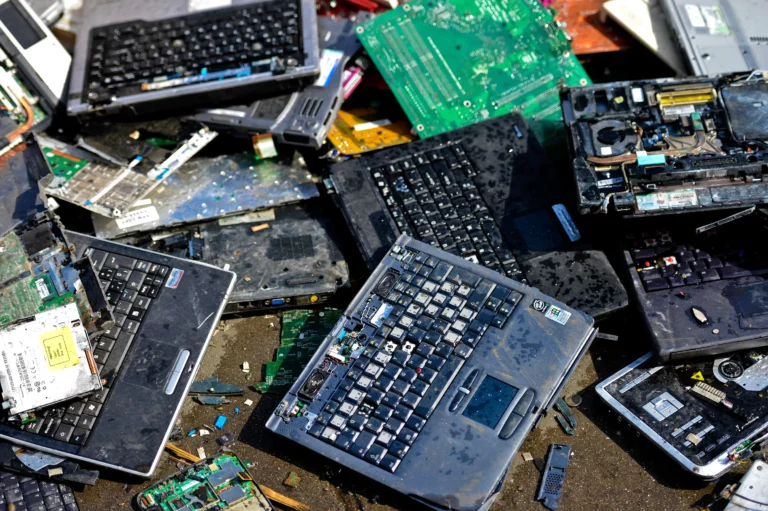According to Gartner, sustainability has now moved into the top ten strategic concerns for CEOs in 2022. The shift to video calls rather than (travel-intensive) face-to-face meetings is one way that enterprises can shrink their carbon footprint, but first there’s a more dirty and difficult problem to solve: waste management.
As businesses move forward, they leave in their wake a trail of old equipment, food waste, by-products from production processes, and plain old rubbish. So how can we measure (and minimise) what we waste? Is any of it worth any money? And can any of it be reused.
Waste Analytics
Greyparrot is a waste analytics platform. Its AI can monitor and categorise waste – identifying products, materials and even brands to 95% accuracy. It can then present the data back in a dashboard, so that those in charge of disposal can make accurate decisions about what needs to go where (and what can be recycled).
Greyparrot is far from the only tech company channeling its efforts on the circular economy. At Zaak Technologies the focus is on materials used in the construction industry. It uses mineral wastes and by-products and upcycles them into a sustainable lightweight sand called Lypors®.

Even if you’re a business that doesn’t rely on construction or manufacturing, you’re undoubtedly creating waste in the form of obsolete digital devices. Old smartphones and laptops are tricky to dispose of as they may contain recoverable, confidential data – but sending them to be ground into dust or incinerated is hardly great for the planet.
Electrobac are trying to fix this by providing complete e-waste lifecycle management. They’ll handle (and certify) the wiping of data, work out whether the device is worth any money if resold, or otherwise gift it via a charity.
Want not, waste not, right?




